July 28, 2025
Refrigeration systems play a crucial role in many sectors, including food, health, and research. To ensure their proper functioning, it is essential to maintain an optimal controlled temperature. This article explores how to prevent technical failures through effective temperature management.
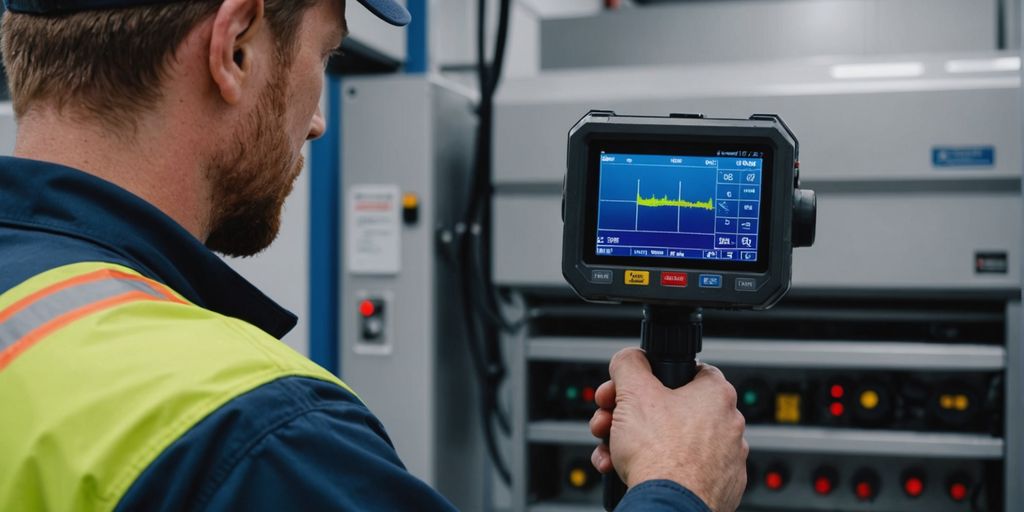
La Controlled temperature is a key concept in the management of refrigeration systems. It refers to the precise control of the temperature to guarantee the optimal preservation of products. This control is essential to avoid variations that could compromise the quality of the goods.
Maintaining a controlled temperature is crucial for several reasons:
Good controlled temperature management has a direct impact on the performance of refrigeration systems. It allows:
In summary, controlled temperature plays a vital role in the preservation of products and the optimization of refrigeration systems. Without adequate control, the risks of failure increase, with costly consequences.
Refrigeration systems are often confronted with temperature variations. These fluctuations can be caused by several factors, such as frequent door opening, mechanical failures, or thermostat adjustment errors. For example, a temperature control box improperly calibrated may result in significant discrepancies.
Temperature fluctuations can have serious consequences on the performance of refrigeration systems. They can compromise the system security by affecting the quality of stored products, especially in the cold chain. This is particularly critical in the field of medical cold, where maintaining stable temperatures is essential to maintain the integrity of biological resources.
To ensure effective temperature regulation, it is crucial to use advanced technologies and to follow rigorous practices. Here are a few solutions:
Effective temperature control is critical to maintaining the performance and safety of refrigeration systems. By adopting advanced solutions and following best practices, you can prevent technical failures and ensure the longevity of your equipment.
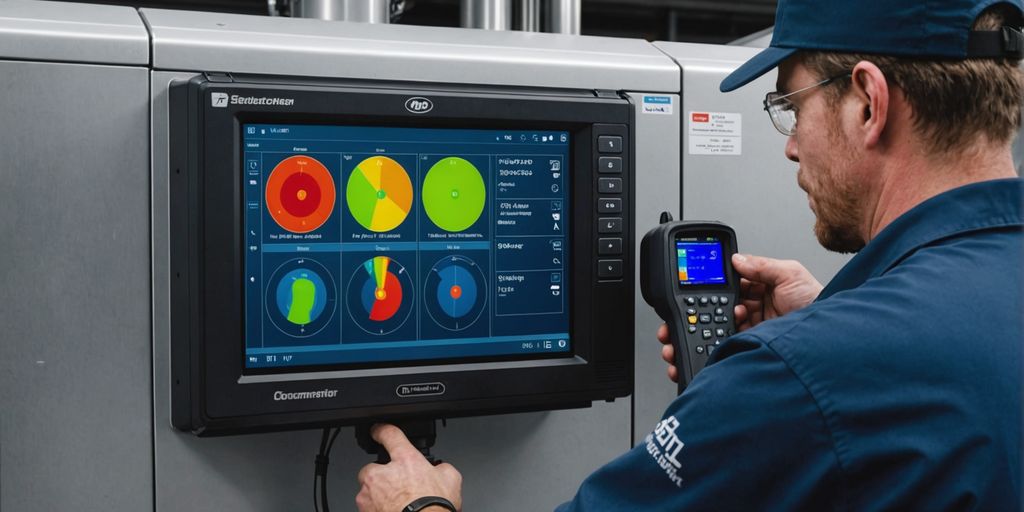
To ensure a temperature management effective, it is crucial to use modern surveillance tools. Among the most common are minimum and maximum digital thermometers equipped with glycol-coated probes. These battery-powered devices show the current temperature as well as the minimum and maximum temperatures since the last reset. Thanks to sensors, GPS, and wireless communication, stakeholders can now have complete visibility on temperature, humidity and other critical parameters.
The correct installation of control devices is essential to ensure accurate measurements. The temperature monitoring sensor should be placed in the center of the refrigeration unit, away from the coils, walls, door, bottom of the unit, and the fan. It is recommended to hang the probes in the center of the compartment or to place them in a product box. Ensure that airflow around the sensor is not blocked.
To maintain the security and the effectiveness of surveillance systems, regular maintenance is necessary. Thermometers should be checked every six to 12 months to ensure accuracy. Additionally, continuous trace loggers, which record temperatures on paper over time, should be used according to manufacturer guidelines. Chart paper should be changed regularly, and surveillance data should be retained for at least three years.
Adequate controlled temperature monitoring is essential to prevent technical failures and ensure the optimal performance of refrigeration systems.
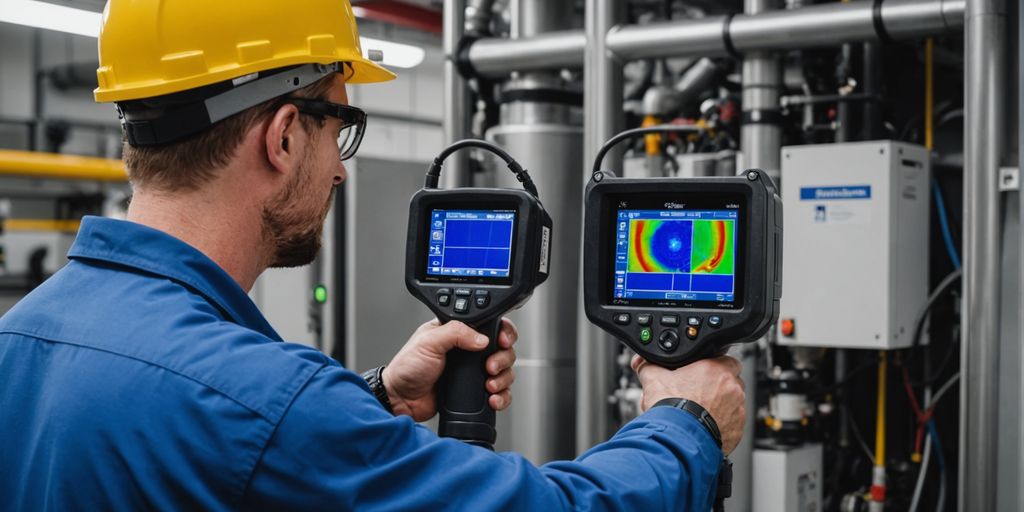
To ensure optimal performance and maximum safety, refrigeration systems require a regular maintenance. This includes cleaning components, checking refrigerant levels, and inspecting parts for wear and tear. Preventive maintenance extends the life of equipment and prevents costly breakdowns.
Faced with the problem of regulated technical training, which is often perceived as expensive and sometimes ineffective, Sinfony provides an innovative solution in the crucial field of refrigeration system maintenance. This approach makes it possible to quickly and cheaply train all site employees in Good Maintenance Practices, by focusing on the central role of controlled temperature.Thanks to a mix of digital training combined with field support, Sinfony creates a particularly effective Blended Learning environment. This method not only meets the sector's stringent regulatory requirements, but it also allows for a deeper and sustainable integration of knowledge within technical teams. It is crucial that staff are well trained on the procedures for maintaining and monitoring refrigeration systems. Of training programs, like those offered by Sinfony, can help improve employee skills. Good training ensures that systems are being used properly and that potential problems are identified quickly.
Integrating advanced technologies, such as temperature sensors and real-time monitoring systems, can greatly improve controlled temperature management. These tools make it possible to quickly detect temperature changes and take corrective actions before problems occur. Logistics optimization is also facilitated by the use of these technologies, thus ensuring better compliance with standards.
Maintaining an optimal controlled temperature is essential for the performance and longevity of refrigeration systems. By following these best practices, you can not only improve the efficiency of your systems, but also ensure the safety of stored products.
In the refrigeration sector, several companies have managed to maintain a Controlled temperature optimal. For example, a company of temperature-controlled transport in France has implemented advanced tracking technologies to ensure the quality and safety of sensitive products. Thanks to effective risk management, they were able to avoid temperature fluctuations and ensure high customer satisfaction.
Unfortunately, not all businesses are equally successful. Some have failed due to uncontrolled temperature changes. These failures highlight the importance of the cold chain and staff training. Poor management can lead to financial losses and reduced operational efficiency.
To avoid failures, it is crucial to follow some recommendations:
By following these tips, you can improve the management of refrigeration systems and ensure optimal performance.
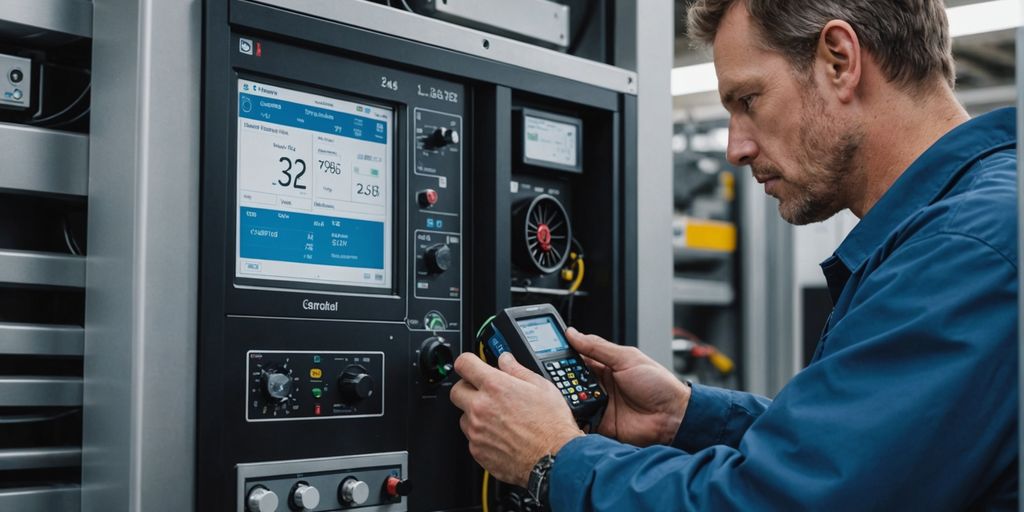
The future of controlled temperature in the maintenance of refrigeration systems is based on technological innovations. Smart sensors and real-time monitoring systems allow for more precise and proactive management. These technologies reduce the risk of failure and optimize system performance.
Emerging trends include the integration of the Internet of Things (IoT) and the use of artificial intelligence (AI) to analyze temperature data. These advances facilitate decision-making and improve energy efficiency. In addition, automated systems can adjust parameters according to environmental conditions, thus ensuring a stable temperature.
Environmental impact is a crucial aspect. New technologies aim to reduce energy consumption and greenhouse gas emissions. For example, the use of environmentally friendly refrigerants and advanced control systems contributes to a more sustainable future. By adopting these innovations, you can not only improve the performance of your systems, but also contribute to the protection of the environment.
By integrating these advances, you can transform controlled temperature management into a major asset for your business, while meeting increasing environmental requirements.
The future of controlled temperature in the maintenance of refrigeration systems is promising. With increasingly advanced technologies, it is essential to stay informed and trained. To discover how to optimize your systems and ensure their effectiveness, visit our website. You will find valuable resources and training tailored to your needs.
The comprehensive training program developed by Sinfony focuses on a fundamental aspect of preventive maintenance: controlled temperature management in refrigeration systems. This program aims to raise awareness and train professionals on the crucial importance of temperature control to prevent technical failures. It covers a wide range of topics, from interpreting temperature variations as early indicators of anomalies, to setting up effective monitoring protocols. Learners acquire the skills needed to optimize equipment performance, extend equipment life, and intervene proactively to prevent breakdowns. By combining theory and practice, Sinfony ensures that technicians and maintenance managers are perfectly equipped to guarantee the reliability and efficiency of refrigeration systems, thus ensuring the integrity of the cold chain.
In summary, temperature management is essential to prevent technical failures in refrigeration systems. By monitoring and maintaining appropriate temperatures, we can not only extend the life of equipment, but also ensure the safety of stored products, such as vaccines. Regular maintenance and careful attention to changes in ambient temperature are simple but effective practices to avoid costly problems. At the end of the day, good temperature management is a smart investment to ensure the proper functioning and reliability of refrigeration systems.
The controlled temperature is the specific temperature that one wishes to maintain in a refrigeration system to ensure its proper functioning.
Maintaining a constant controlled temperature is crucial to avoid system failures, preserve stored products, and ensure optimal performance.
Challenges include temperature changes due to doors being opened frequently, component failures, and changes in ambient temperatures.
Tools like digital sensors, smart thermostats, and remote monitoring systems are commonly used to monitor controlled temperature.
Control can be improved by conducting regular maintenance, training staff, and using advanced monitoring technologies.
Good controlled temperature management can reduce energy consumption and minimize the carbon footprint, thus contributing to environmental protection.
Des formations conçues par des experts métier, régulièrement mises à jour pour coller aux exigences terrain. Découvrez nos modules les plus suivis et les mieux notés par les professionnels.

Formation complète sur les Bonnes Pratiques de Fabrication (BPF) adaptée à votre profil professionnel dans l'industrie pharmaceutique et vétérinaire.

Maîtriser les techniques et les procédures essentielles.
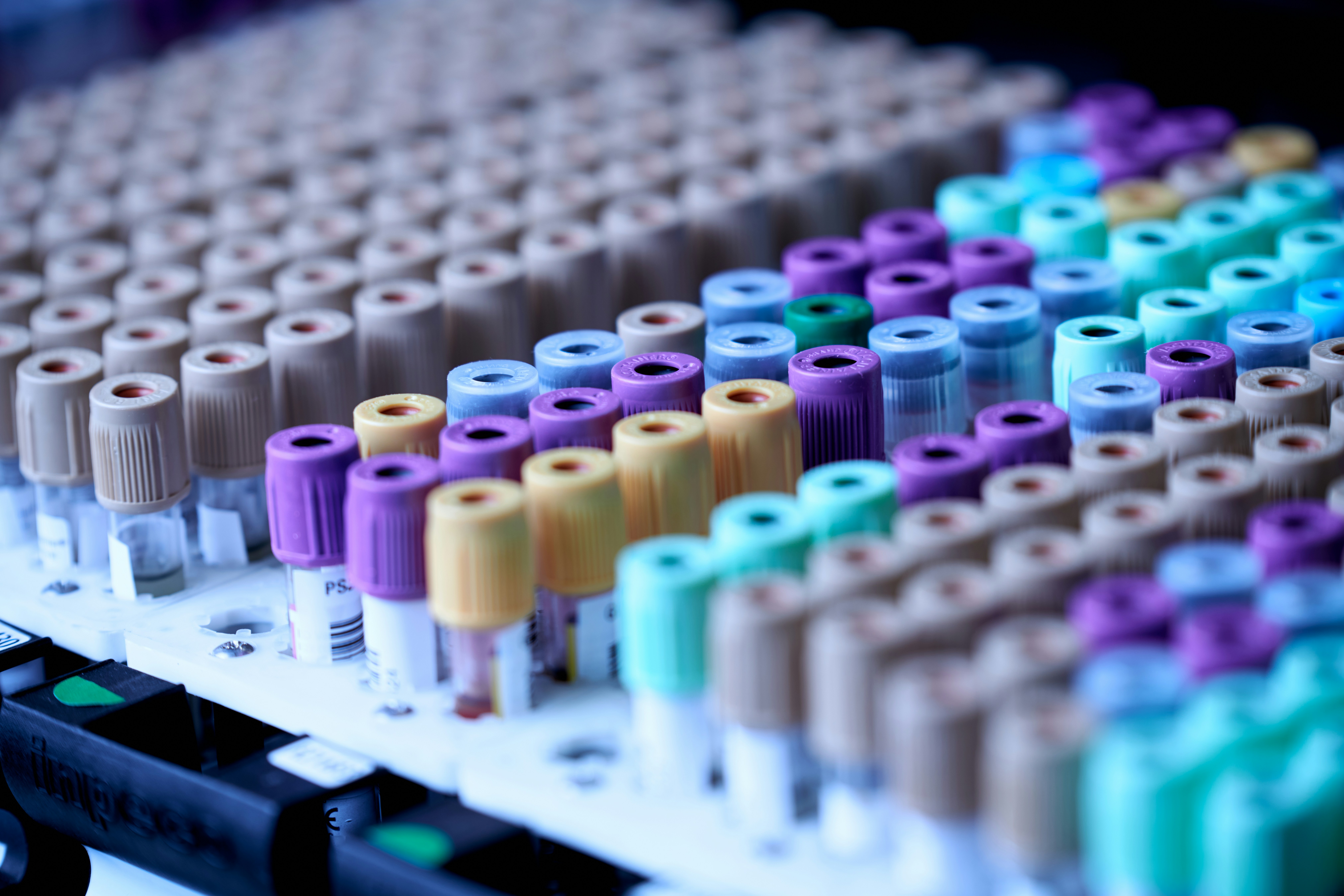
Les procédures essentielles d'hygiène et de sécurité pour le personnel...